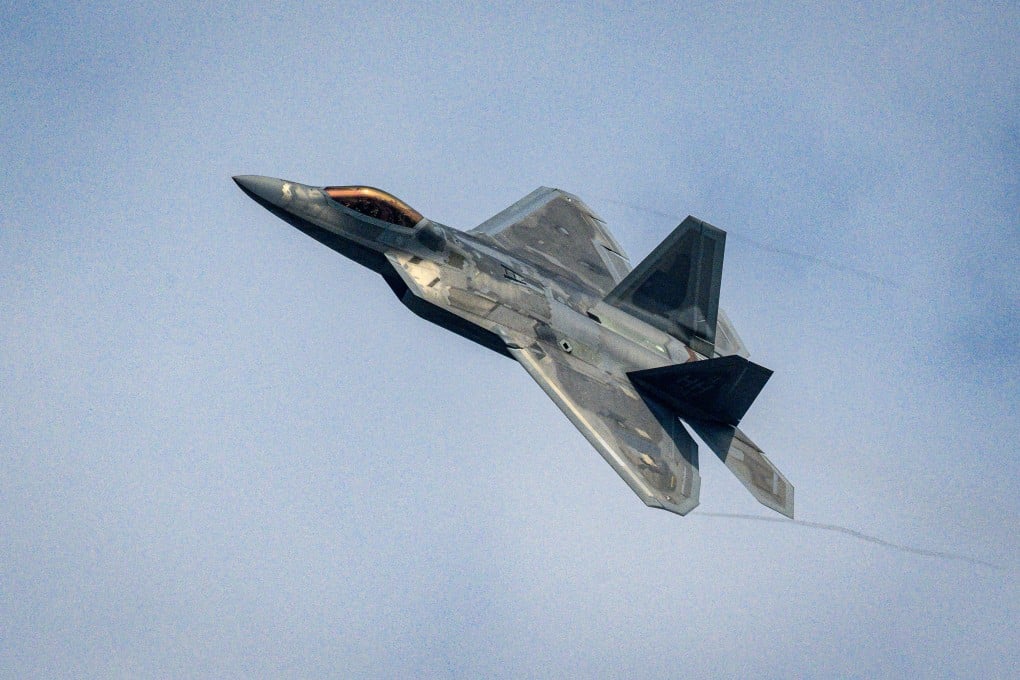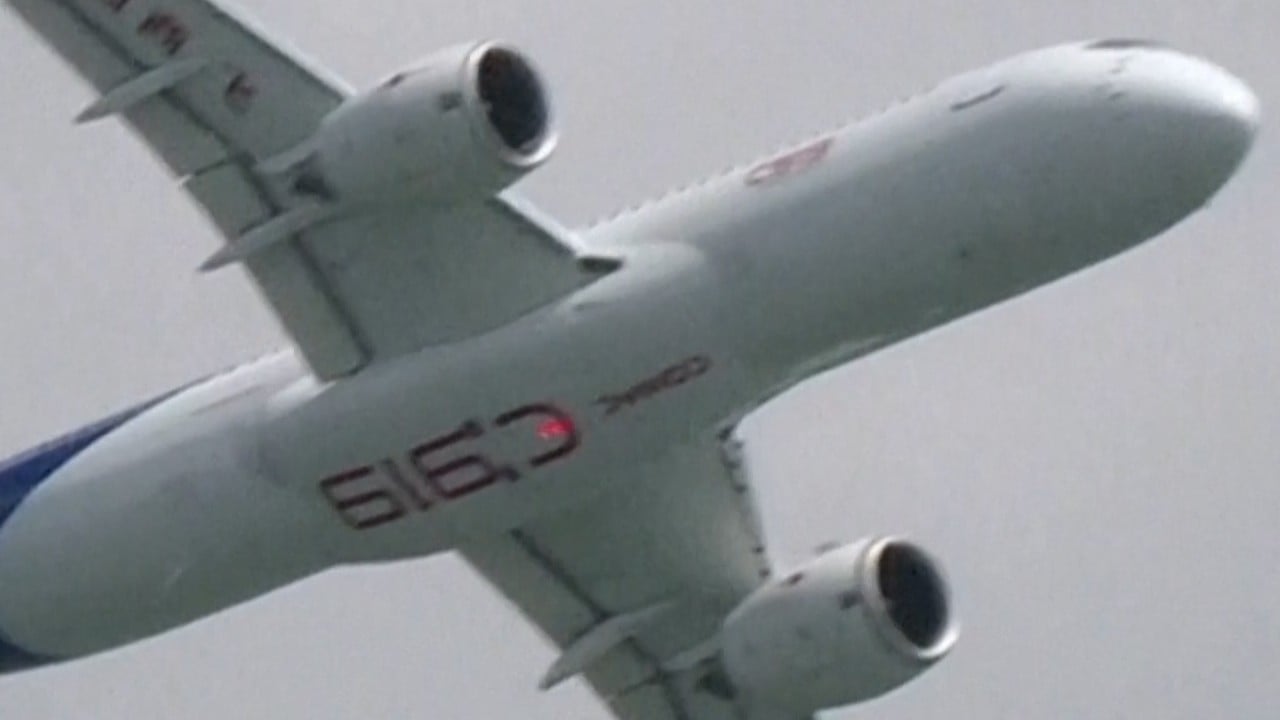Chinese scientists increase F-22 fighter jet’s radar signature 60,000 times with new detection method: study
- Researcher Xie Junwei and team say innovation enables China’s radar system to pinpoint F-22 real-time position with remarkable accuracy
- Impact of study on US military’s F-22 fighter jet could be great given range of its air-to-air missiles and required radius for ground bomb attacks: team

The US military has touted the F-22 as the world’s most formidable fighter jet, with a radar cross-section (RCS) believed to be as small as 1 sq cm (0.16 sq in) – about the size of a fingernail.
The Chinese team led by Xie Junwei, from the air and missile defence college of the Air Force Engineering University in Xian, Shaanxi province, said the researchers’ method could make a stealth fighter with the same configuration as the F-22 appear on the radar screen with a signal strength comparable to that of an ordinary fighter with an RCS of over 6 square metres – an increase of 60,000 times.
Their detection method covered a vast battlefield of around 63,000 sq km (24,300 square miles), ensuring that regardless of the F-22’s manoeuvres it would remain firmly within the sight of China’s radar network, said Xie and his colleagues in a peer-reviewed paper published in the Journal of Beijing University of Aeronautics and Astronautics on February 26.
These results suggest the potential impact of their research on the F-22’s combat effectiveness could be considerable, given that its air-to-air missiles had a range of about 100km (62 miles) and, for smart bomb attacks on ground targets, it must be within a 20km radius. The F-22 must evade detection or locking by enemy defence systems before it could reach its effective strike range.
Xie’s team said this new detection technology enabled China’s radar system to pinpoint the F-22’s real-time position with remarkable accuracy, achieving a minimal error of nearly 20 metres (65 feet). This information could then be swiftly relayed to interceptor fighters or air-defence missiles.
